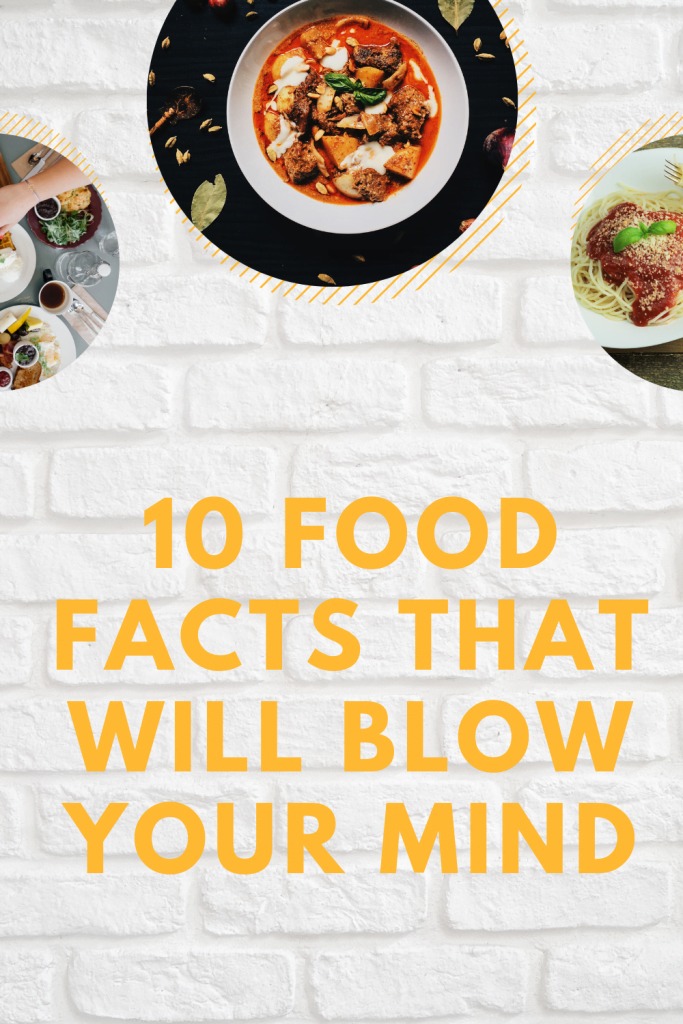10 Food Facts That Will Blow Your Mind
Disclaimer: As an Amazon Associate I may earn from qualifying purchases from products mentioned on posts made on this site.
#1 Scientists can turn peanut butter into diamonds.
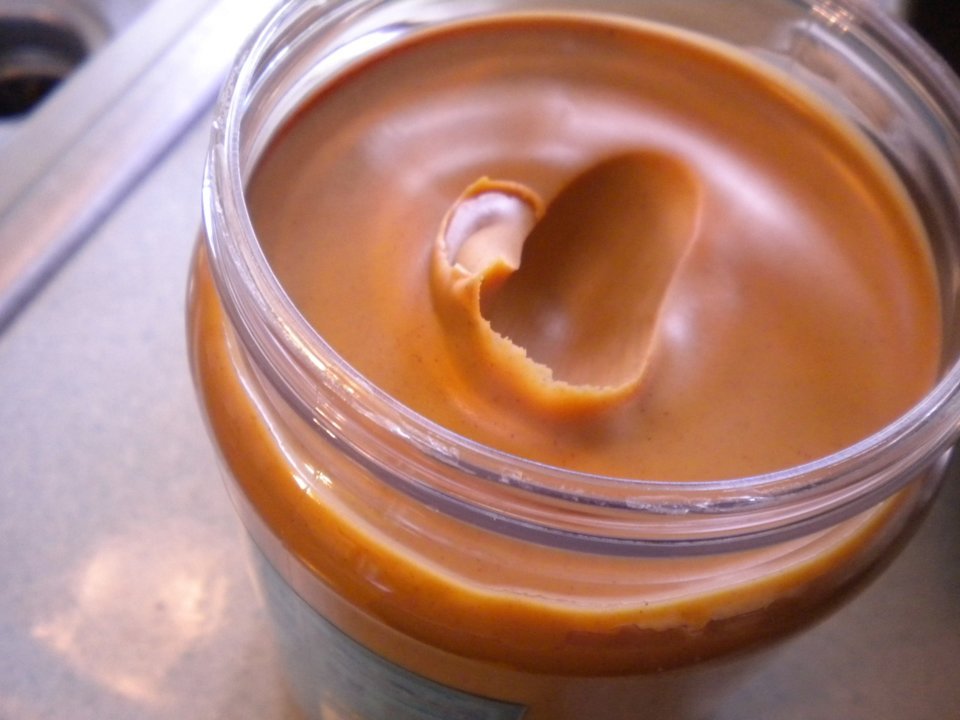
Scientists at the Bayerisches Geoinstitut in Germany have discovered that since peanut butter is so rich in carbon, it’s possible to turn simple Skippy into diamonds.
All you need is to extract the oxygen from the carbon dioxide found in the peanut spread, and then enact immense pressure on the carbon left behind.
#2 The red food dye used in Skittles is made from boiled beetles.
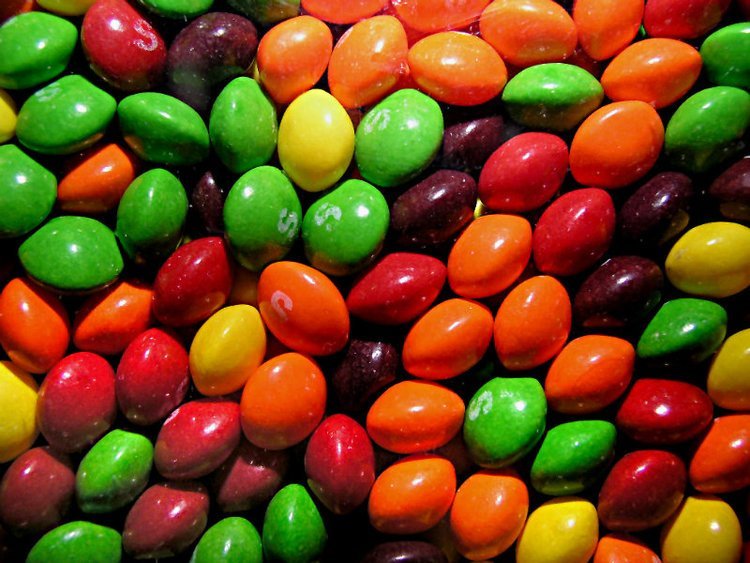
Carmine, also known as carminic acid, is a common red food dye that can be found in Skittles, maraschino cherries, raspberry and strawberry-flavored junk food, and even lipstick.
Carminic acid also happens to be made from the crushed carcasses of a beetle known as the Dactylopius coccus.
#3 Raw oysters are still alive when you eat them.
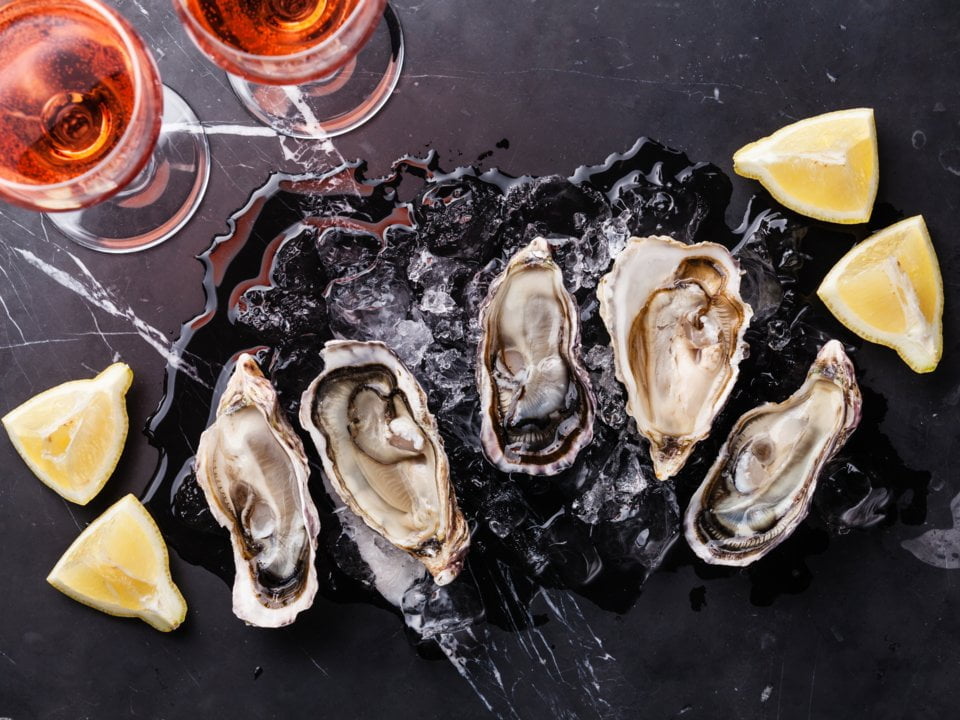
Chances are, raw oysters are still alive when you eat them. Oysters deteriorate so fast that chefs have to serve them very quickly — while they’re still alive, basically. Some varieties of the shellfish can survive out of the water for up to two weeks, which is why oysters are stored under particularly regulated condition. Once they die, they are no longer safe to eat.
So yes: If you have a nice plate of fresh oysters, you’re probably chewing on them while they are still alive. Luckily, oysters don’t have central nervous systems, so they can’t feel pain.
#4 Potatoes can absorb and reflect Wi-fi signals.
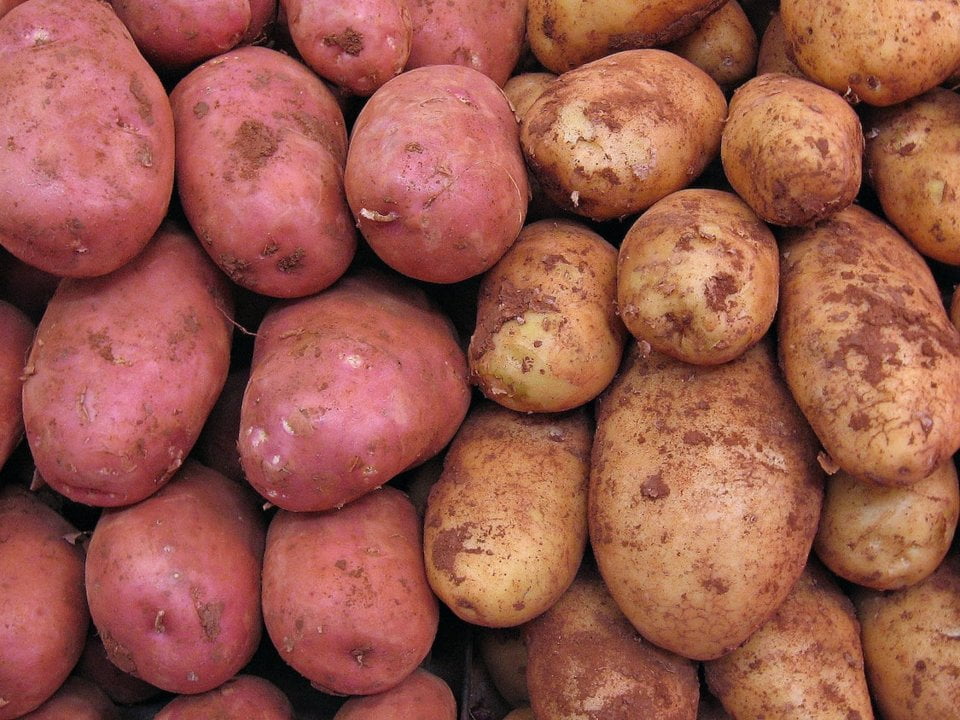
When Boeing wanted to test out their wireless signal on new planes in 2012, they placed giant piles of potatoes on seats. Because of their high water content and chemical makeup, potatoes absorb and reflect radio and wireless signals just like humans do.
#5 Every banana you eat is a clone.
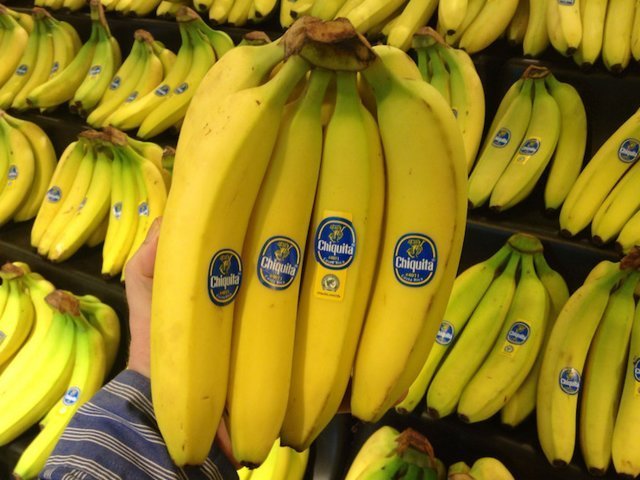
Even though there are 1,000 varieties of bananas all over the world, the common yellow fruits you see in the supermarket are all genetic clones of the Cavendish variety. The Cavendish was mass-produced, according to the Economist, because it does not have seeds — a desirable trait for consumers — and it survives longer than its banana cousins.
Since the Cavendish does not have any seeds, it must be cloned by farmers in order to continue production. Recently, agricultural scientists have been worried that the lack of genetic diversity could soon leave the banana vulnerable to threats and extinction.
#6 Fruit snacks and cars are coated in the same type of wax.
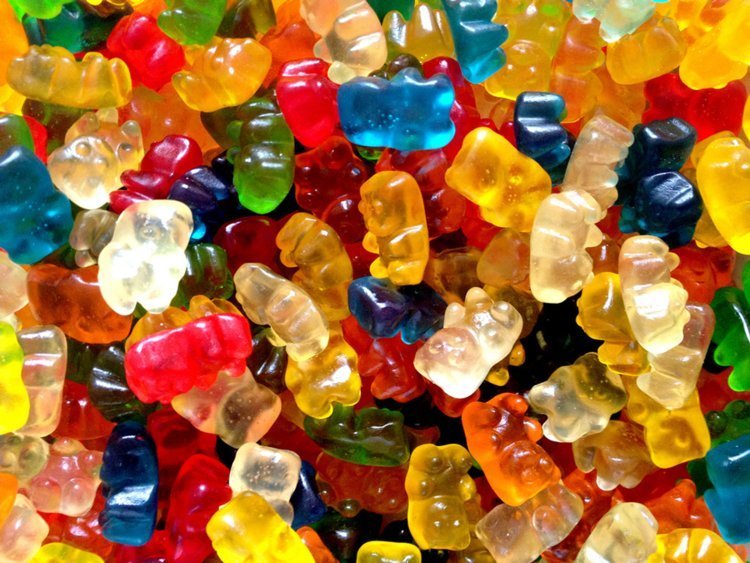
Did you ever wonder how gummy candies get that glossy sheen? They’re coated with carnauba wax, the same stuff that is used on cars to make them shiny.
#7 Honey will never ever go bad.
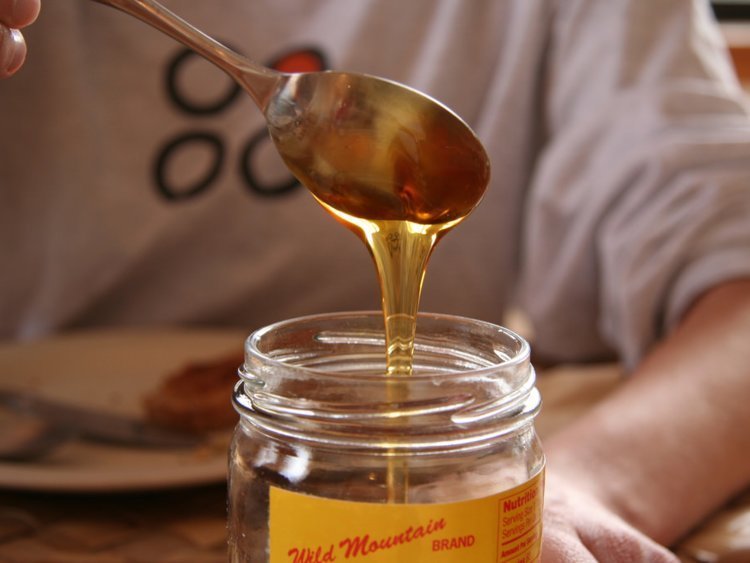
Honey in its natural state is very low in moisture and very acidic: two primary defenses against food spoilage. In a low-moisture and high-acid environment like a sealed jar, bacteria will die almost immediately, according to the Honey and Pollination Center at the Robert Mondavi Institute at University of California.
This could explain why archaeologists have found pots of honey from thousands of years ago that still looked fresh.
It is a myth, however, that honey is the only food that will last forever: salt, sugar, and raw rice also have eternal shelf lives.
#8 Carrots were originally purple.
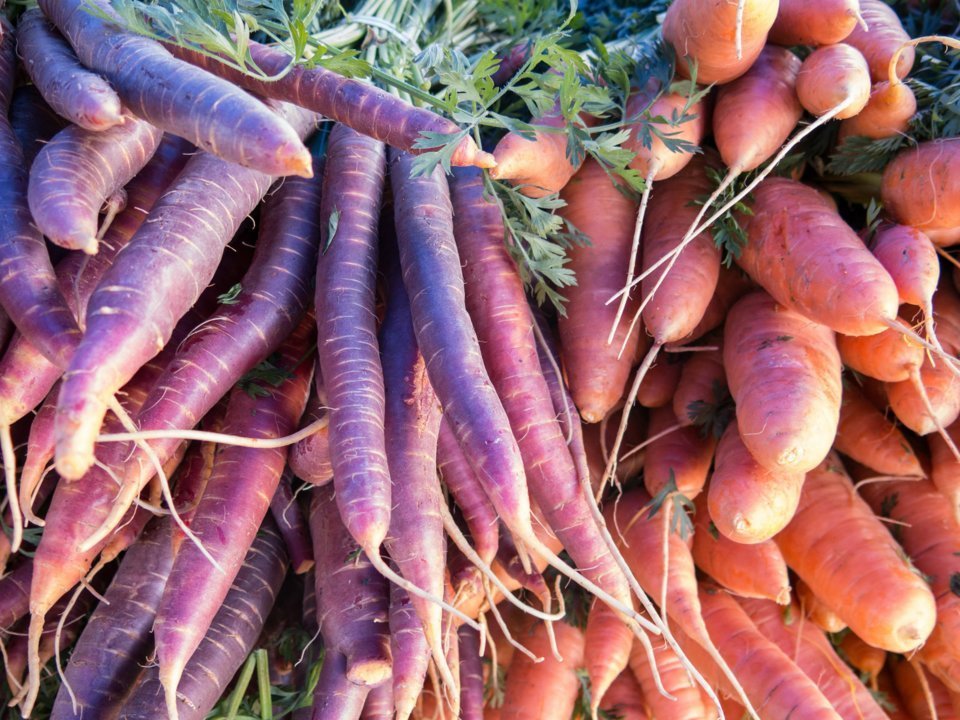
According to the National Carrot Museum in the UK, the first carrots looked nothing like they do today.
Originally these vegetables were purple or white with a thin root. The orange carrots we know and eat today are actually the result of a genetic mutation in the late 16th century that won out over the original color.
#9 Farm-raised salmon is naturally white and then dyed pink.
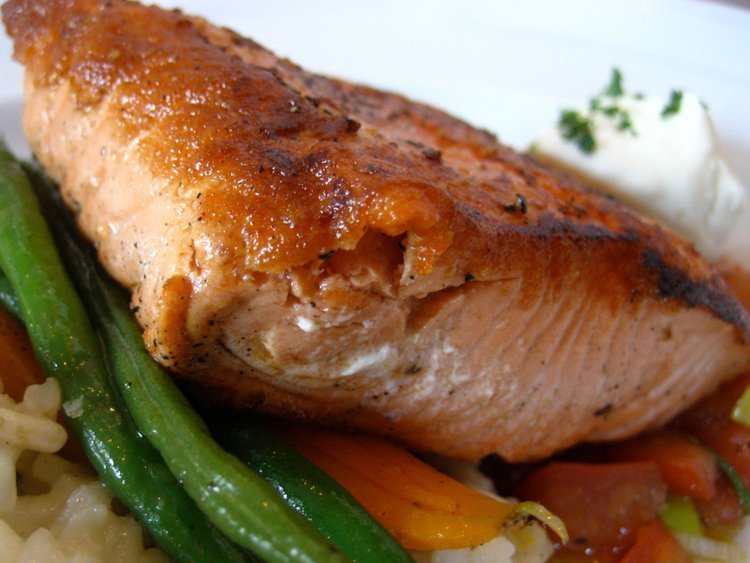
While wild salmon are naturally pink due to the large amount of shrimp in their diet, farm-raised salmon eat differently. In order to achieve that pleasing pink color, salmon farmers add carotenoids (plant pigments) to the fish feed to mimic the natural hue of wild salmon.
#10 Apple pie is not American.
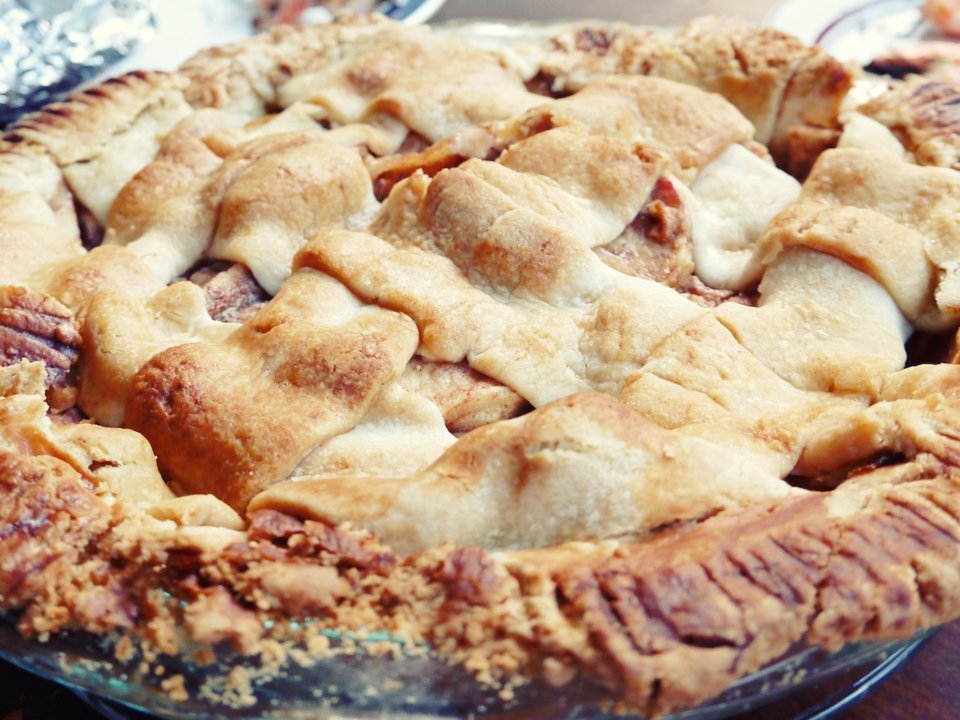
“As American as apple pie” isn’t actually very American. Pie was invented in Medieval England, while the modern recipe for apple pie with a lattice crust was created and perfected by the Dutch.
Notice: Amazon and the Amazon logo are trademarks of Amazon.com, Inc, or its affiliates.
